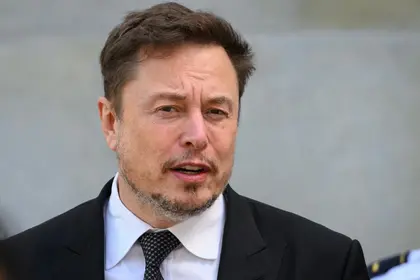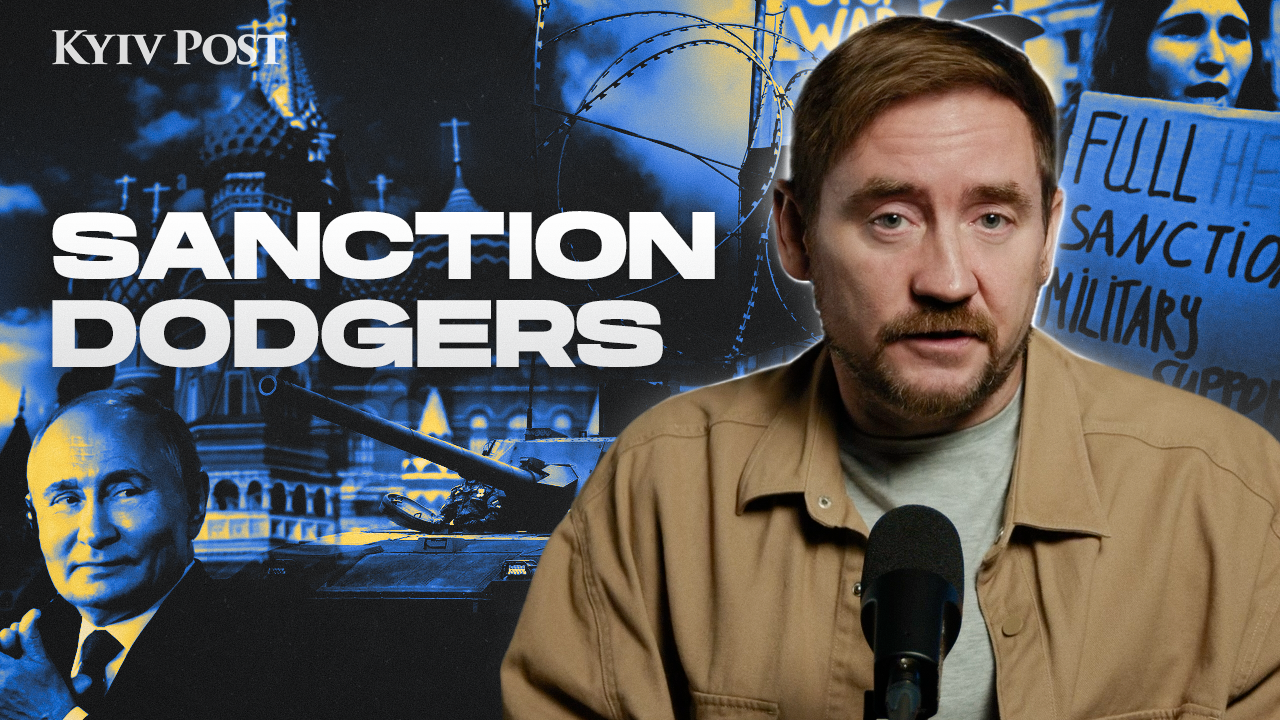Elon Musk is facing accusations that he secretly ordered Space X not to turn on its Starlink satellite network near Sevastopol on the Crimea coast last year to thwart a Ukrainian sneak attack on Russia’s Black Sea naval fleet.
The revelation
JOIN US ON TELEGRAM
Follow our coverage of the war on the @Kyivpost_official.
On Sept. 7, CNN published an article citing a revelation in an as-yet-untitled biography penned by Walter Isaacson, a former editor-in-chief of Time magazine who is best known for his best-selling portrayal of Apple founder Steve Jobs as well as his biographies of Albert Einstein and Leonardo da Vinci.
Among the details, the book disclosed that in 2022, Musk, the multi-billionaire and entrepreneur behind Tesla and SpaceX, instructed his team to deactivate Starlink satellites near Russian-occupied Crimea’s coast.
This maneuver aimed to disrupt a potential assault by the Ukrainian Armed Forces (AFU) against the Russian Navy.
Ukrainian authorities attempted to persuade Musk to restore satellite operations, only to face refusal. Musk’s cited response was that Kyiv had gone “too far” with its intentions.
Consequently, drones deprived of communication were propelled ashore, as reported by CNN.
According to Isaacson’s account, Musk’s decision was out of fear that the Russian authorities might respond to this “Mini Pearl Harbor” with nuclear weaponry. The book attributes this fear to Musk’s conversations with “senior Russian officials.”

Over 100 Ukrainian Drones Target Russian Regions, Strike Russia's Largest Explosives Plant
Musk replies to CNN
On Sept. 8, Musk issued a response following the CNN publication. In a post shared on Musk’s social platform X (formerly Twitter), the billionaire said that he had not given any directives to deactivate Starlink. He said that Starlink had not been functioning in Crimea at all.
There was an emergency request from government authorities to activate Starlink all the way to Sevastopol.
— Elon Musk (@elonmusk) September 7, 2023
The obvious intent being to sink most of the Russian fleet at anchor.
If I had agreed to their request, then SpaceX would be explicitly complicit in a major act of war and…
“There was an emergency request from [Ukrainian] government authorities to activate Starlink all the way to Sevastopol. The obvious intent being to sink most of the Russian fleet at anchor,” Musk said.
He justified his decision by explaining that such involvement would directly entangle his company in the war and escalation of hostilities.
“If I had agreed to their request, then SpaceX would be explicitly complicit in a major act of war and conflict escalation,” he said.
Musk said he couldn’t turn Starlink on “because of sanctions”
During the All-In Summit technology conference, Musk said that he was unable to activate Starlink due to the sanctions in place against the “annexed peninsula in Russia.”
He said that establishing the connection would require approval from US authorities, and there was insufficient time to obtain it, as the request from the Ukrainian side came unexpectedly in the middle of the night.
“If I had a direct decree to include the system from the president of the United States, I would have done it, but such a decree was not received,” Musk said.
Musk refused to answer if his “ignorance and ego” cost Ukrainian lives
A high-ranking Ukrainian military official has accused Elon Musk of contributing to civilian casualties by refusing access to his satellite technology.
Mykhailo Podolyak, a senior advisor to Ukrainian President Volodymyr Zelensky, wrote on platform X, “Civilians, children are being killed. This is the price of a cocktail of ignorance and big ego.”
Sometimes a mistake is much more than just a mistake. By not allowing Ukrainian drones to destroy part of the Russian military (!) fleet via #Starlink interference, @elonmusk allowed this fleet to fire Kalibr missiles at Ukrainian cities. As a result, civilians, children are…
— Михайло Подоляк (@Podolyak_M) September 7, 2023
A Sky News reporter approached Musk for comments on the Ukrainian official’s statement following his participation in a meeting at the Federal Aviation Authority in Washington DC.
Musk chose not to respond when questioned about whether his “ego and ignorance” had cost Ukrainian lives.
I love British press pic.twitter.com/pAlrizyQvq
— Mykhaïlo Golub (@golub) September 13, 2023
He also remained silent when asked the reporter asked if he appreciated Russian President Vladmir Putin’s characterization of him as “outstanding.”
You can also highlight the text and press Ctrl + Enter








![[VIDEO]: Drones Reportedly Hit One of Russia’s Largest Microelectronics Plants in Bryansk](https://static.kyivpost.com/storage/2024/10/19/0289d380191d7829349dc0702861a3dd.jpeg?w=420&q=75&f=webp)
